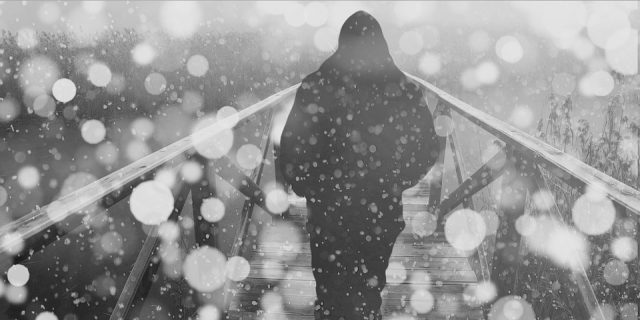
I’ve been feeling kind of down and tired, and I think it’s because of the change in weather. I read that some people get depressed in the winter and use a light box to help. I’m thinking of getting one. Is there anything I should know before I use it?
It’s great that you’re paying attention to how you feel and thinking about what you can do to make yourself feel better! That’s a wonderful first step in taking care of yourself.
We recommend holding off on getting that light therapy box for now, though.
Light therapy is used to treat seasonal affective disorder (SAD), a kind of depression that’s linked to seasonal changes. Most people who have SAD become depressed in the fall, but their symptoms ease up in the spring. It’s not entirely clear why this happens, but we do know that it has to do with the amount of sunlight that people are exposed to. Sunlight can lift your mood and increase levels of serotonin (a feel-good hormone) in your brain. In the fall and winter, when you get less sunlight, some people’s serotonin levels drop. Less sunlight can also mess with your body’s internal clock, or circadian rhythm. SAD is sometimes called the “winter blues,” and people who have it begin to feel the symptoms of depression around the same time every year.
Before you buy a light box, talk to your health care provider.
They can give you a better idea about whether you might have SAD, and suggest next steps. They can also give you more specific details about treatment options and how light therapy works. Light therapy is an effective treatment for SAD, but it’s not the only option. Depending on what your circumstances are, you may want to try therapy or medication instead of (or in addition to) light therapy.
Even though it’s not generally dangerous, doing light therapy without input from a health care provider isn’t a great idea. If it’s not done right, you may get eye strain, headaches or have trouble falling asleep. For some people with bipolar disorder, light therapy can trigger a manic episode.
You say you’re feeling constantly “down” and “tired,” which could be signs of depression.
Other signs of depression include losing interest in things you used to enjoy, having a hard time concentrating, feeling sluggish or low energy, either having trouble falling asleep or all of a sudden sleeping a lot more than usual, isolating yourself from others or feeling worthless or hopeless. Another sign of depression is thinking frequently about death or suicide. If you are having suicidal thoughts, you can call 911 if you think you are in immediate danger, or the National Suicide Prevention Lifeline at 1-800-273-8255.
Using a light box takes time and dedication.
Light boxes mimic the spectrum of light in sunlight, and can create some of the same effects that sunlight has on your body. But you can’t just turn a light box on whenever you’re feeling down—you need to sit in front of one for at least 30 minutes in the morning, every morning while you’re experiencing SAD symptoms. This might mean you have to wake up earlier than you normally would. Getting outside during the day for a brisk walk might be an easier way to get that mood boost.
You may want to try other ways to boost your mood.
Therapy is a great way to learn coping mechanisms for dealing with how you’re feeling. Eating well, exercising and getting enough sleep are all just as important for your emotional health as your physical health. You may also want to try mindfulness exercises like breathing exercises or yoga, which can also improve your mood. Keep track of how you’re feeling in a journal or on a pad of paper, so you can see whether your efforts are paying off. This will also help you see if your mood improves in the spring, which could be an indication that you have SAD. We recommend several other tips for beating the winter blues here.
If you live in NYC and are 10-22 years old, you can make a free, confidential appointment at the Mount Sinai Adolescent Health Center to talk to one of our health care providers about how you’re feeling. Good luck!


